
The country’s premier motorsport venue is now unrecognizable, with the main building and the grandstands at the finish line already dismantled. The entire renovation will cost 105 billion HUF and will be completed by the 2026 Hungarian Grand Prix.

The iconic McDonald’s at Budapest’s Nyugati Railway Station has reopened after over six months of renovation work that cost 1.8 billion HUF. Widely regarded as one of the most beautiful McDonald’s outlets in the world, the renovation was carefully designed to preserve its unique and historic features.

The US News & World Report 2024/2025 higher education ranking evaluated 2,250 universities across 100 countries, based on 13 indicators. Among Hungarian universities ELTE achieved the highest ranking, securing the 485th position.

Drawing on her experience from Paris, Vas closely marked Faulkner, responding perfectly to every move. Among the four riders who persevered to the finish, Vas proved to be the fastest in the uphill sprint.

In an interview with the prominent Hungarian outlet Mandinder.hu, British political scientist and commentator Matt Goodwin talked about the perception of Prime Minister Orbán in the UK, the ‘liberal conservatism’ of the Conservative Party and its consequent electoral defeat, as well as the ‘ideological civil war’ brewing on the British right.
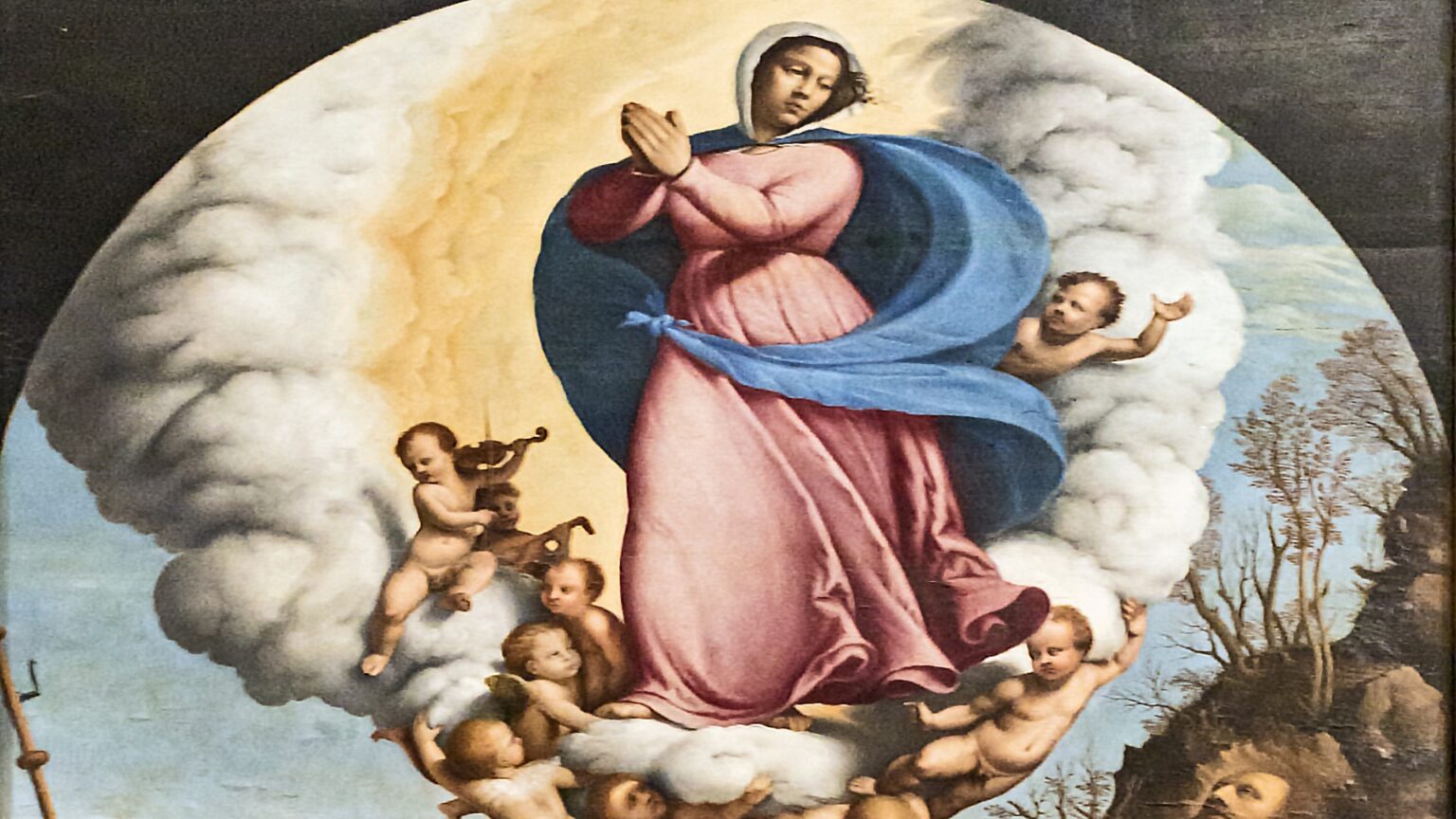
King Saint Stephen of Hungary considered this feast so important that he entrusted Hungary to the protection of the Virgin Mary on this day. For this reason, the Virgin Mary is known as the heavenly patroness of Hungary.

The birth of the Conscious by BCEFW category was preceded by the development of the Conscious Fashion Initiative’s criteria. This initiative focuses on six guiding principles, including diversity and equality, sustainable design supporting the use of recycled materials, a section on safe working conditions, consumer engagement, transparency, and education, all of which underscore the importance of social and environmental responsibility.

This year’s St Stephen’s Day fireworks will be made spectacular by the use of fireworks mortars, grapeshot, Roman candles, Greek fire, spark fountains, and flame effects. More than 29,000 pyrotechnic products will be launched from approximately 500 launch points—including nine river barges, 65 pontoons, and the Liberty, Elizabeth, and Margaret Bridges.

Former co-president of the Hungarian left-wing party LMP András Schiffer has published an opinion piece about the German drugstore chain’s boycott of Elon Musk’s electric car company Tesla for the eccentric CEO’s support for President Trump.

The renovation process began with assessing the area’s condition and conducting archaeological excavations. Currently, the reconstruction of the Citadel’s exterior and interior walls is underway in several stages, while the restoration of the inner courtyard is also in progress. As part of the development, green spaces will increase by one and a half times, and a new public park will be created within the fortress walls.
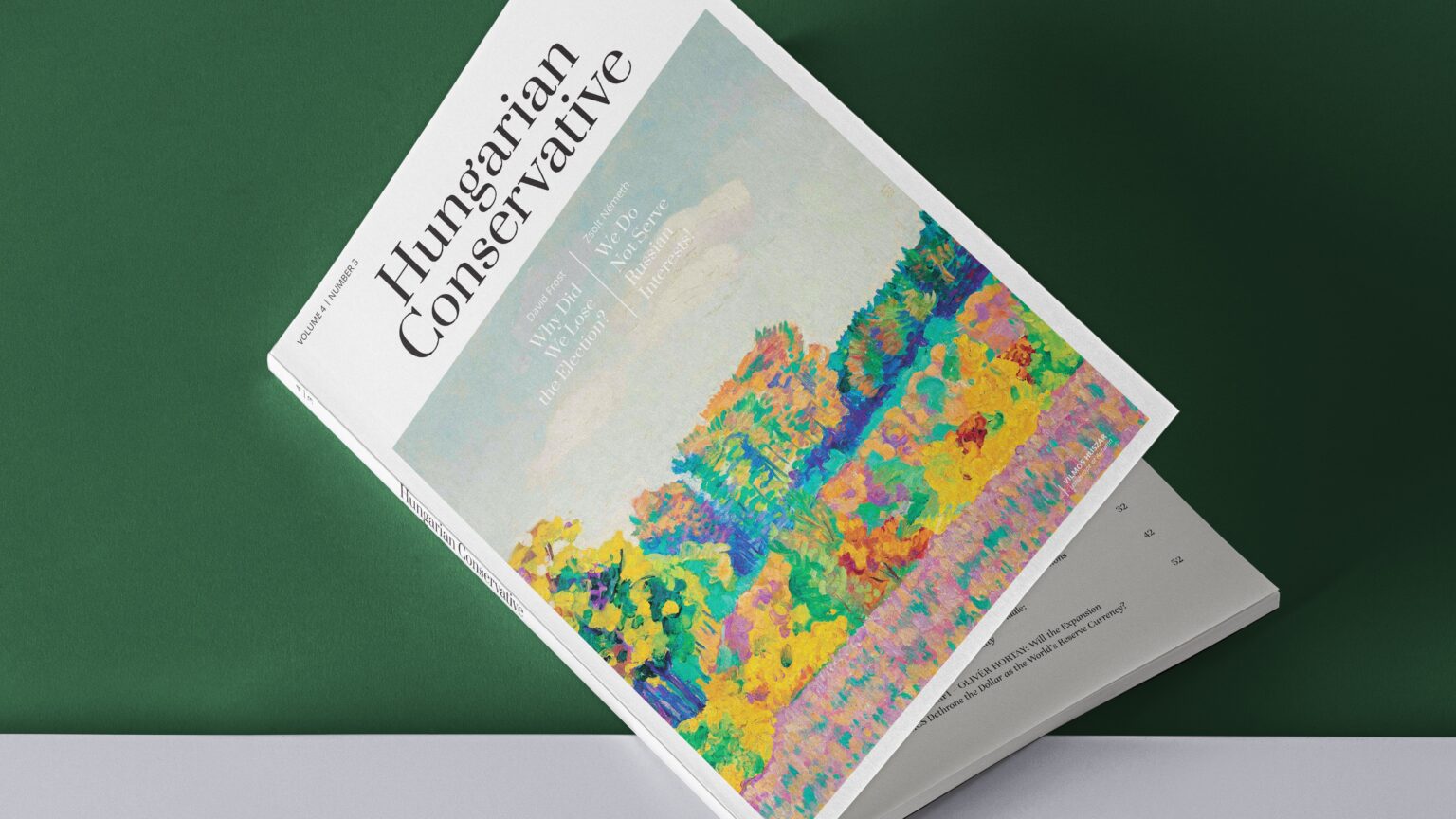
In the recently published Volume 4, Number 3 of our print magazine, you can read an insightful analysis of the 2024 UK general election results by Lord David Frost; an essay about the different styles of conservatism by Professor Miklós Pogrányi Lovas; and a denunciation of the accusations that the Hungarian government is serving Russian interests by Fidesz founder and current MP Zsolt Németh. Pick up the latest edition of the magazine at your local bookstore or newspaper stand; or you can subscribe to our quarterly magazine on our website to make sure you never miss an issue.

According to the organizers, all topics that could help Hungary emerge as a winner in the current global systemic shift will be on the table in Tihany. Discussions will cover challenges to civilization, sovereignty, economic issues, and the state of European cooperation.

The project, known as the ‘Icebreaker of Knowledge,’ aims to promote science and nuclear energy technologies, identify and support talented young individuals, develop their skills, and provide career guidance. The participants of the expedition, coming from 14 different countries, will engage in a variety of activities, including scientific lectures, experiments, and master classes. They will also learn about the unique flora and fauna of the Arctic and the infrastructural developments along the Northern Sea Route.
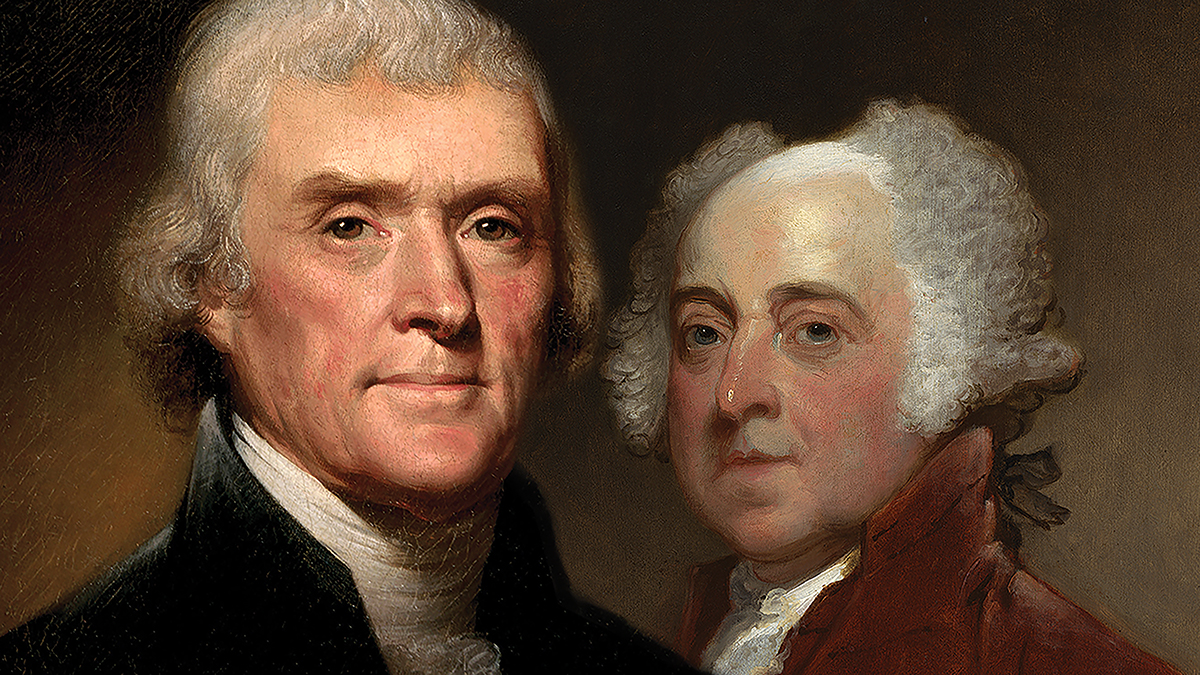
President John Adams from the Federalist Party was defeated by his own Vice President, the Democratic-Republican Thomas Jefferson in 1800. However, due to the flaws in the original electoral system, this election also became the only one in US history to end in a tie in the Electoral College, and had to be decided by Congress.
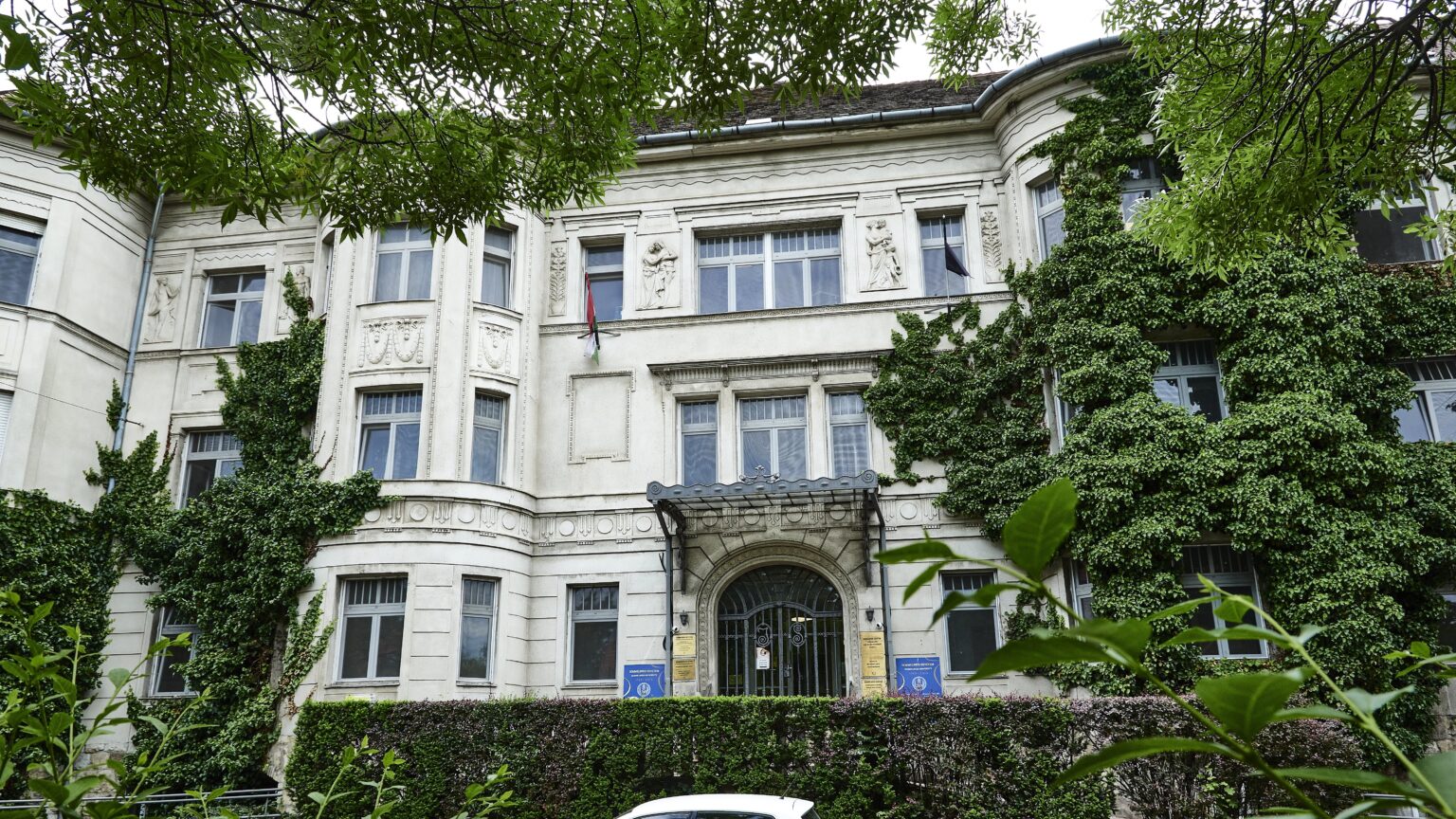
To achieve this result, SE had to surpass hundreds of American and European universities, including Stockholm’s Karolinska Institute, Sorbonne University in Paris, King’s College London, and Boston and Washington universities in the United States.
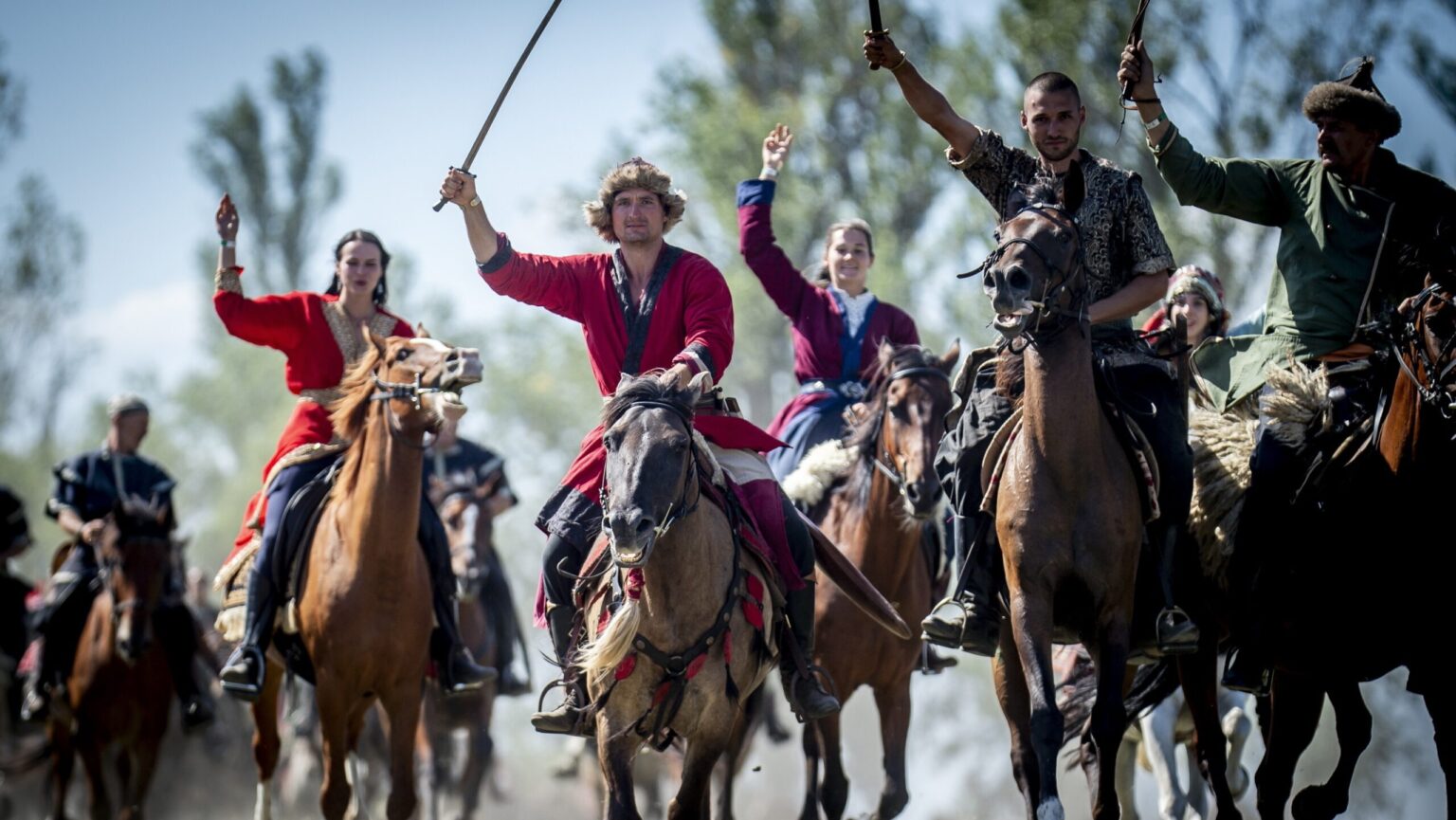
The ninth Kurultaj traditional tribal assembly took place in Bugacpuszta amidst great interest over the weekend. ‘These traditions are not merely entertainment; they form the basis of our identity. They provide an opportunity for both present and future generations to learn about and respect the lifestyle, culture, and values of our ancestors,’ State Secretary for Bilateral Relations Boglárka Illés emphasized in her opening speech at the event.

Following a spectacular performance during the last day of the Paris Olympics, 23-year-old Michelle Gulyás won the gold medal in pentathlon. However, many would be surprised if she told them that when she is not competing in the Olympic games, she is chasing criminals.

Disney’s Snow White, starring Latina actress Rachel Zegler in the titular role, will be coming to film theatres on 21 March 2025. Disney has released the official teaser trailer for its controversial new film.

On the Blue Planet Podcast forestry expert Kornél Czimber highlighted that forest engineers are employing bioinformatics tools to protect and develop forests, including developing vaccines and creating propagation materials suitable for producing specimens resistant to specific harmful effects.
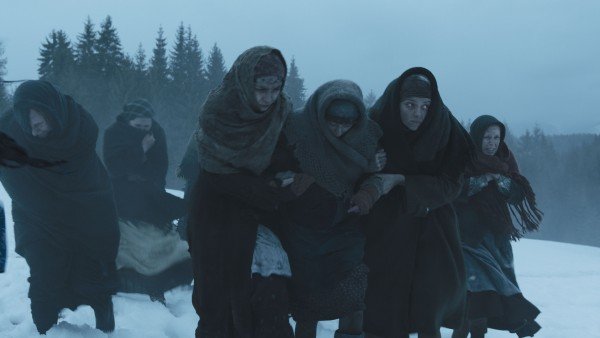
The award-winning 2018 Hungarian drama Eternal Winter, directed by Attila Szász, based on a screenplay by Norbert Köbli, is a powerful account of the tragic fate of the Swabians in Hungary under the Soviet occupation of the country.
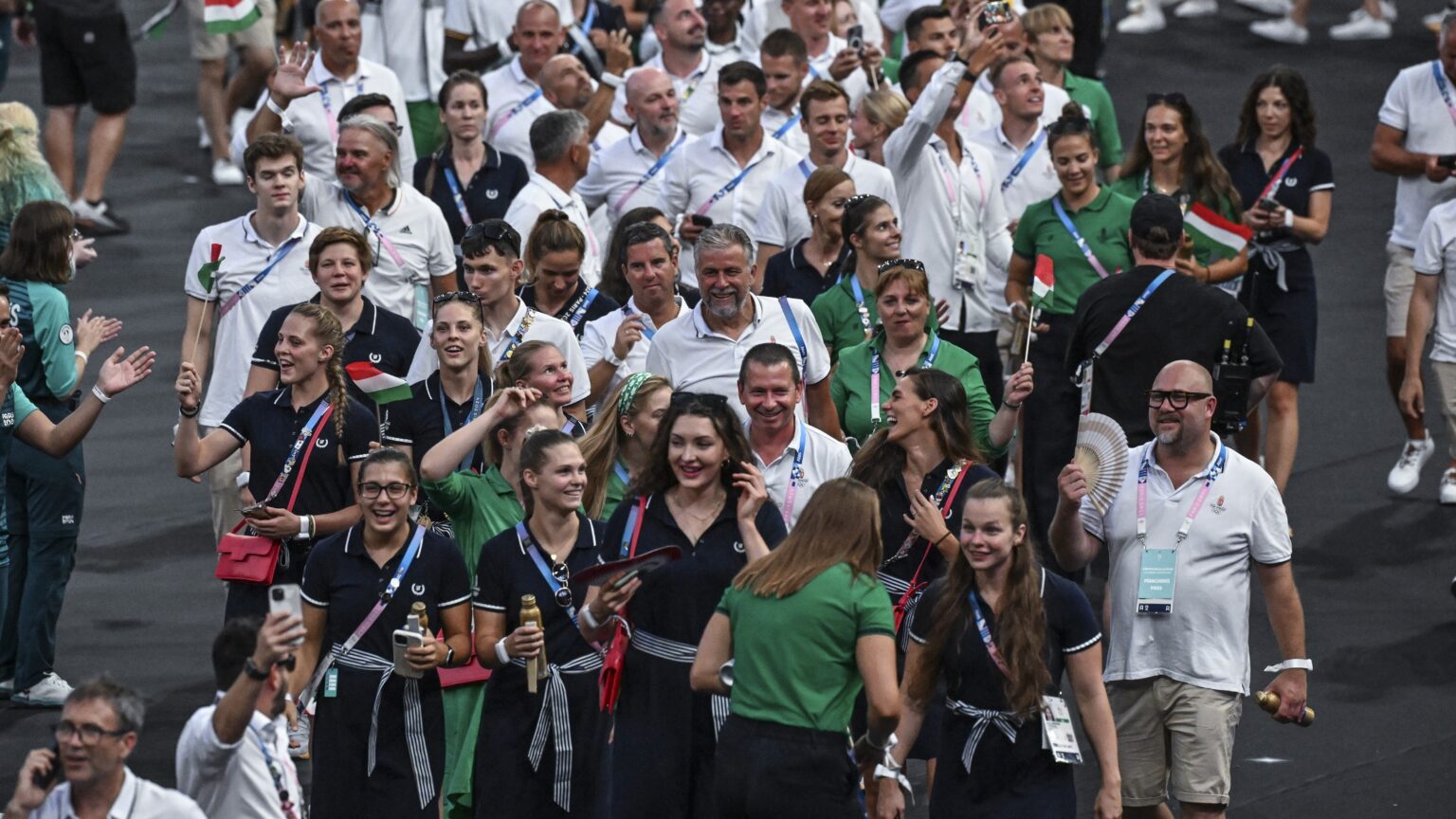
Hungary was represented by 178 athletes across 20 sports, where they won a total of 19 medals—6 gold, 7 silver, and 6 bronze—securing the 14th position in the medal table. This placed Hungary ahead of larger nations such as Brazil, with a population of 205 million, and Spain, with 48.7 million. Hungary’s dominance in the region was also evident, with the other best-performing nation in East-Central Europe, Romania, finished 23rd.
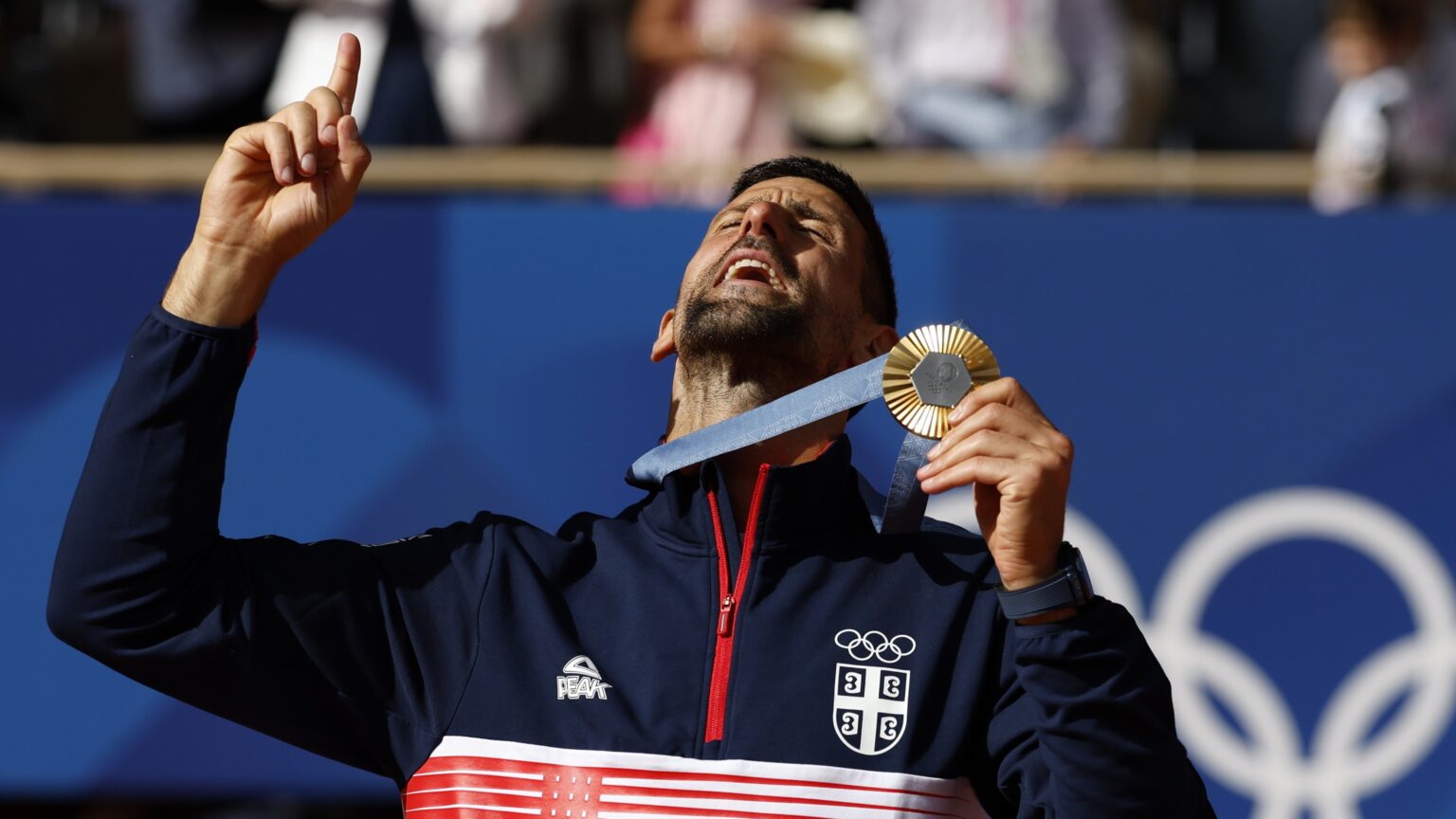
One of the most decorated male tennis players in the history of the game, 37-year-old Serbian Novak Djokovic has been on a gold-winning spree for the last couple of years. Be it the Australian Open, Wimbledon or any other major tennis tournament, he has performed exceptionally well. Djokovic has always highlighted the fact that the source of his unyielding determination is his Christian faith, which always gives him strength to overcome the hardest challenges on the court.

At first glance, today’s cinema culture in Budapest seems very bipolar. There seems to be a tension between those who believe that traditional screening venues are long out of date and those who doubt whether a multiplex experience can be called cinema at all. One thing is certain: the story of Budapest’s cinema culture continues to unfold every day, and the main protagonists are us, cinema lovers.

László Csáki’s 2023 animated documentary Pelikan Blue won the grand prize in the feature film category at this year’s Animix International Animation and Comics Festival in Tel Aviv, Israel.

Hungary is currently sitting in 13th place on the Olympic medal table with four golds, three silvers, and four bronzes. That is the best in our region, ahead of Romania (15th place), Ukraine (16th), and Croatia (22nd). Also, with the exception of New Zealand, all the countries ahead of us have significantly higher populations.

The NMHH Podcast is hosted by radio programme host and financial writer and blogger Endre Kántor. The seventh episode is now available on the authority’s YouTube and Spotify channels, as well as on the Apple podcast platform.

Hungary is among the countries that can not only feed its own population but also provide food for an additional population equivalent to that of Hungary. With 20 August approaching, the celebration of wheat and bread becomes a central theme in the country.
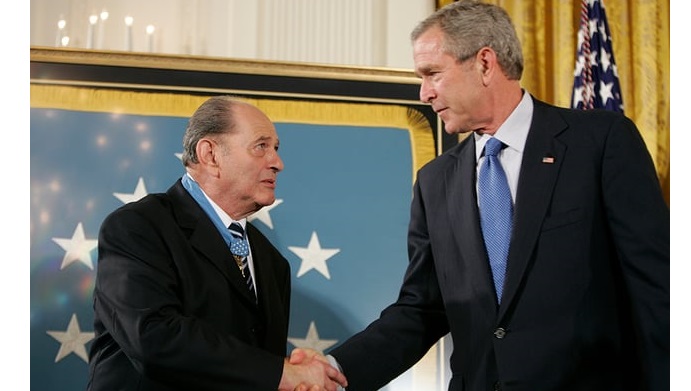
Two Hungarian American soldiers, both serving in the US Army, have received both the Purple Heart and the highest military award in the US, the Medal of Honor: Corporal Tibor ‘Ted’ Rubin for his service in the Korean War, and Staff Sergeant László Rábel for his service in the Vietnam War.

A recent opinion poll has revealed that the majority of Hungarians would not have allowed Algerian boxer Imane Khelif to compete in the Olympics. However, Hungarian society is divided on how to address the participation of intersex athletes in the competition.

Prime Minister Viktor Orbán of Hungary reportedly pledged to President Zelenskyy of Ukraine that he would provide state funding for a Ukrainian-Hungarian bilingual school during their July 2024 meeting, and he has followed through with his pledge.